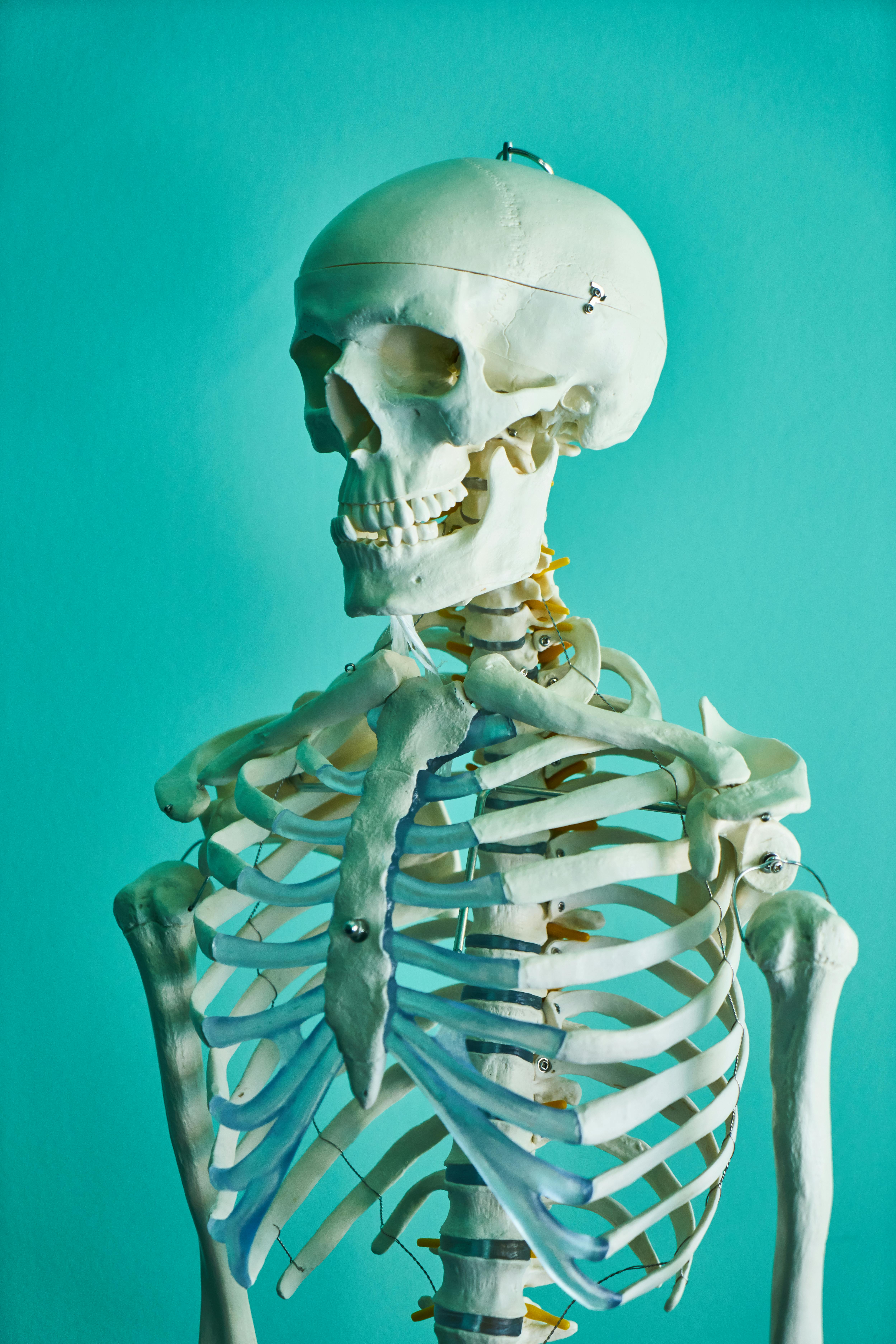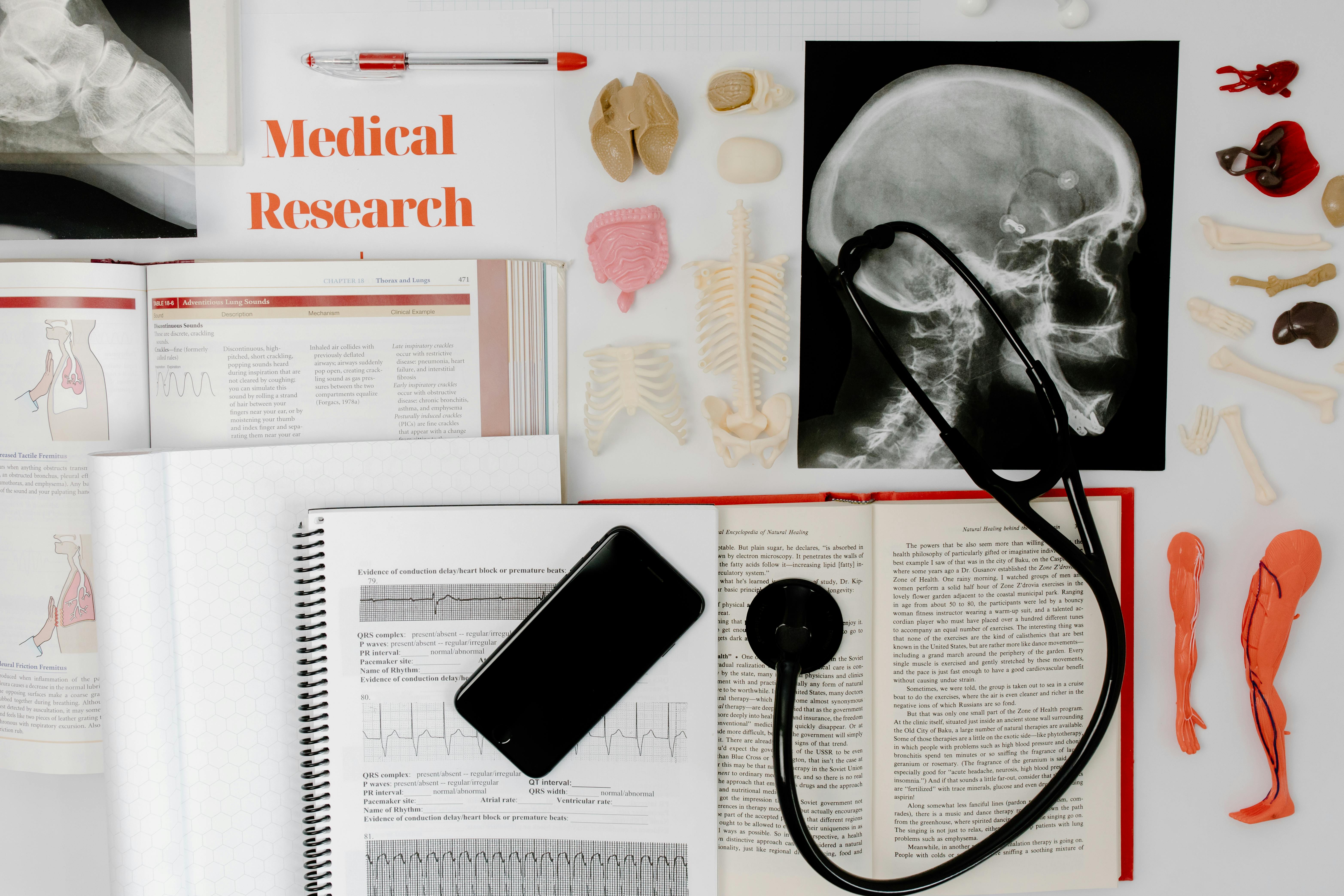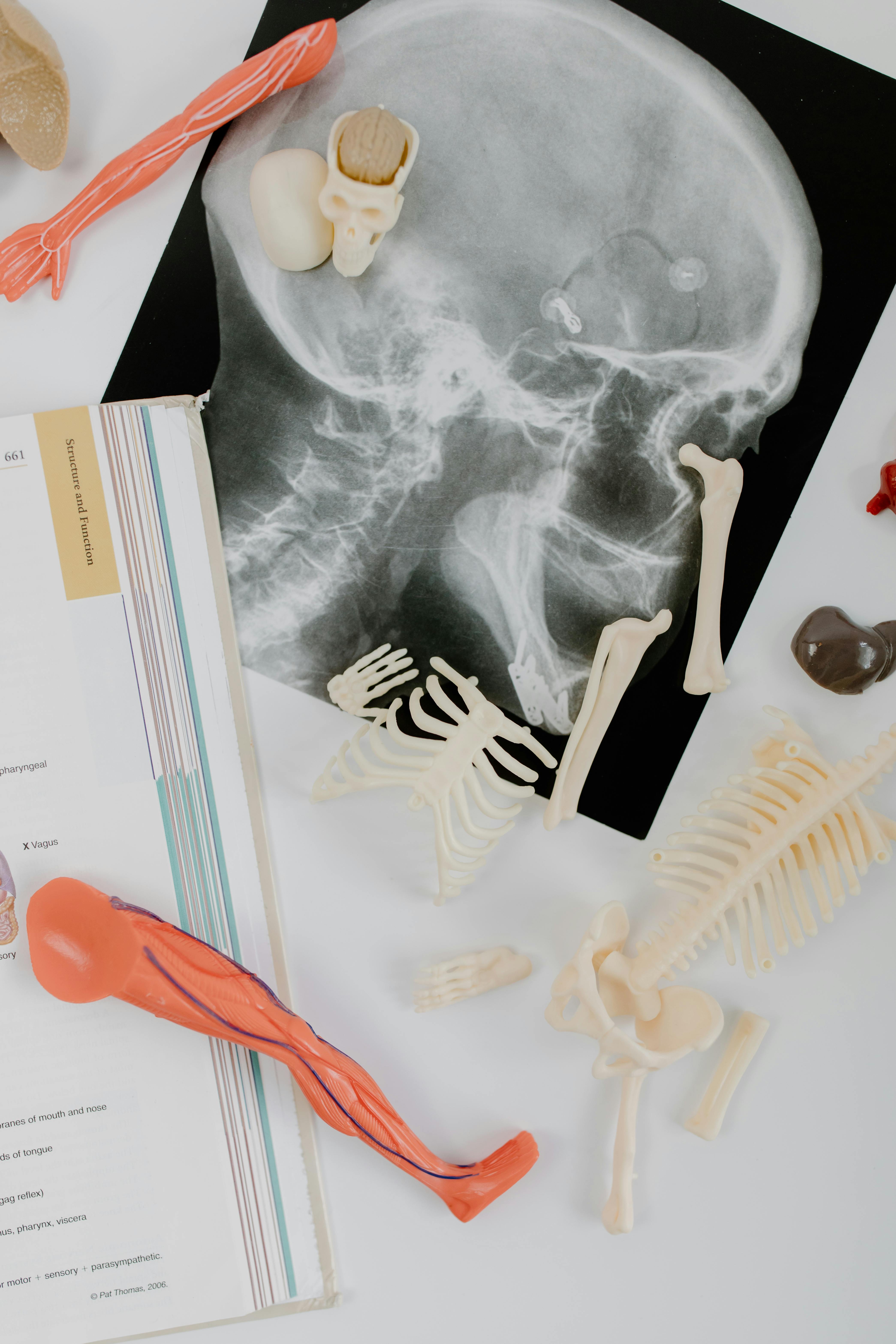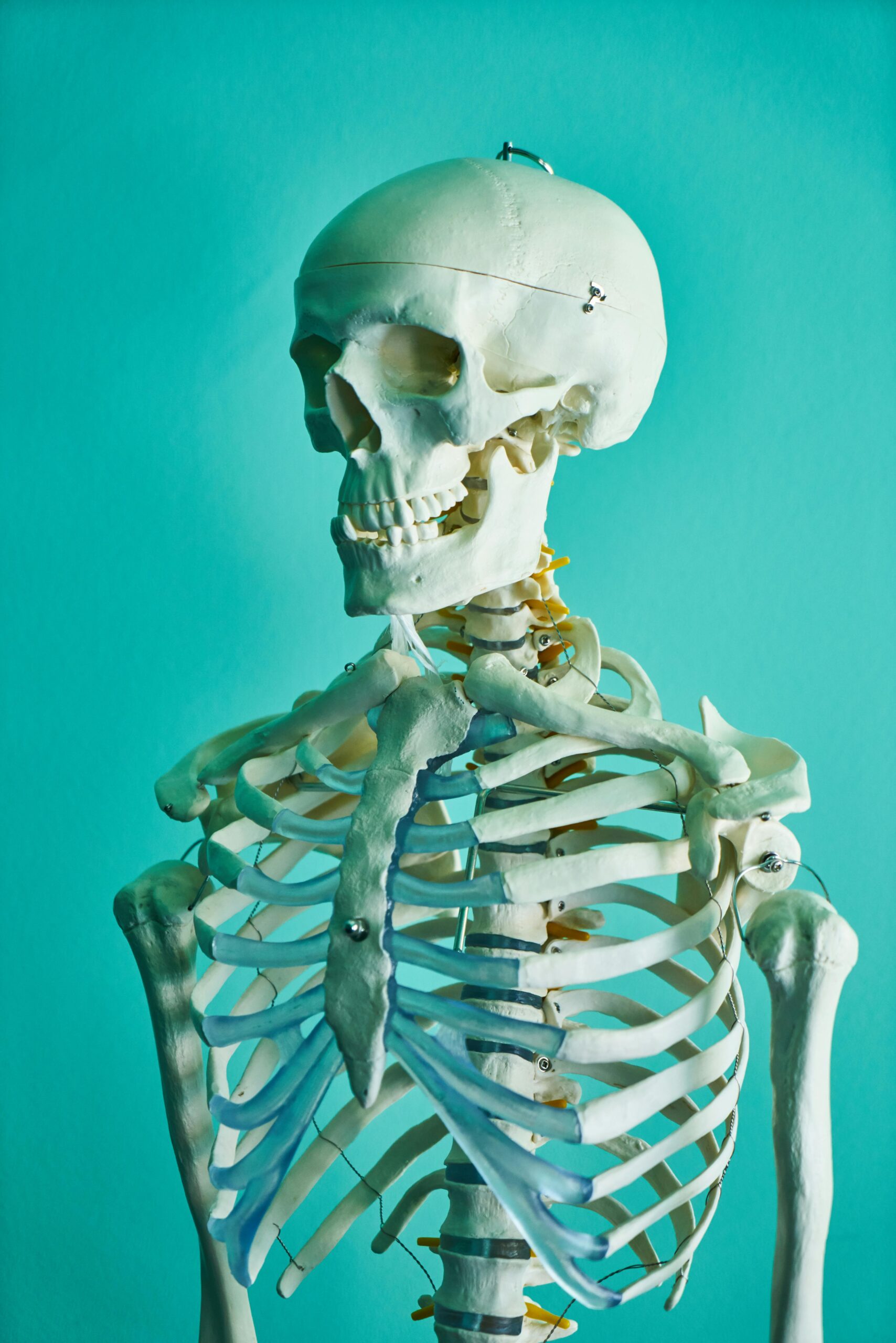Effective Tips on Studying Anatomy and Physiology
Studying anatomy and physiology can be an overwhelming task for many students, but with the right approach, it becomes manageable and even enjoyable. Whether you’re preparing for a medical course or simply have an interest in how the human body works, mastering these subjects requires a solid study strategy. In this article, we’ll explore key tips on studying anatomy and physiology that will help improve your understanding and retention of critical information.

Understanding the Fundamentals
The foundation of studying anatomy and physiology lies in understanding the core concepts. Anatomy deals with the structure of the human body, while physiology focuses on how these structures function. Both fields are interconnected, so a strong grasp of one will help with the other. Studying these subjects can seem daunting due to the vast amount of information, but breaking it down into smaller, digestible parts can make learning easier.
It’s essential to approach the material systematically. Start by learning the basic terminologies and concepts, then gradually dive deeper into more complex topics. This approach provides a solid base for understanding the human body, from cells to organ systems. By focusing on the essentials first, you’ll be able to build more advanced knowledge as you progress.
1.1 Master the Basics of Anatomy and Physiology
Start by familiarizing yourself with the basic anatomical terminology. Understanding terms like anterior, posterior, proximal, and distal will help you navigate the body’s regions and organs. Consider creating flashcards to help reinforce these terms as you study them. Knowing where the major organs are located in relation to each other is a fundamental skill in anatomy.
For physiology, focus on the core physiological processes like circulation, respiration, and digestion. Study how the body’s systems work together to maintain homeostasis. For example, the cardiovascular system delivers oxygen and nutrients to tissues, while the respiratory system ensures the body can take in oxygen and expel carbon dioxide. Knowing how these processes work and how they relate to one another is crucial.
1.2 Utilize Visual Aids
One of the best tips on studying anatomy and physiology is to use visual aids. Human anatomy is complex, and visual representations, such as diagrams, charts, and 3D models, can help clarify difficult concepts. In particular, visual aids make it easier to understand the structure of organs and systems, helping you remember their appearance and function.
Interactive 3D anatomy apps or websites can be invaluable tools for visual learners. These platforms allow you to rotate and zoom in on organs and body parts to explore their structure in detail. The more exposure you have to these images, the better you’ll understand and recall the material later on.
Practical Implementation Guide
Now that you understand the basic principles of anatomy and physiology, it’s time to put your knowledge into action. This section provides practical tips and step-by-step strategies for effectively studying the subject.

2.1 Actionable Steps for Effective Study
- Step 1: Organize your study materials. Gather textbooks, notes, and study guides. A well-organized study space is crucial to avoid distractions.
- Step 2: Break down topics into manageable sections. For example, focus on one organ system at a time rather than trying to tackle everything at once.
- Step 3: Develop a study schedule. Plan your study sessions to include time for reading, reviewing, and self-testing. Stay consistent with your timetable.
2.2 Overcoming Challenges in Studying Anatomy and Physiology
Many students face obstacles when studying anatomy and physiology, such as retaining complex information or staying motivated. Below are some common challenges and practical solutions to overcome them:
- Challenge 1: Difficult memorization – Use mnemonics to remember key information, such as the cranial nerves or the bones of the body.
- Challenge 2: Understanding complex concepts – Break down complex systems into smaller parts. For instance, learn the structure and function of one organ at a time.
- Challenge 3: Time management – Stick to a regular study schedule and take short breaks to avoid burnout.
Keep in mind that challenges are a normal part of the learning process. Don’t be afraid to seek help from instructors or classmates when you encounter difficulties.
Advanced Applications
Once you’ve mastered the basics of anatomy and physiology, you may want to explore more advanced applications. This section will help you take your knowledge to the next level.

3.1 Advanced Technique: Dissection and Practical Experience
Dissection is one of the most hands-on ways to learn anatomy. By studying cadavers or preserved specimens, you can gain a deeper understanding of how the human body is structured. This practical experience enhances your ability to identify anatomical features and understand their relationship to surrounding tissues and organs.
While dissection may not be available to all students, many universities offer virtual dissection tools and simulations. These tools provide a detailed, interactive view of the body’s structures, allowing you to explore organs and systems in a controlled, digital environment.
3.2 Advanced Technique: Studying Physiological Changes
As you progress in your studies, focus on understanding how the body responds to different physiological changes. For example, studying how the body reacts to exercise, disease, or aging can provide valuable insights into human health.
Advanced techniques include studying physiological phenomena using equipment like ECGs or monitoring vital signs. These skills are invaluable in clinical settings and provide a more in-depth understanding of how the body’s systems function in real-time.
Future Outlook
As research in the fields of anatomy and physiology continues to evolve, new discoveries and technologies are constantly emerging. Advances in genetics, biotechnology, and medical imaging are transforming how we study and understand the human body. In the next 3-5 years, we can expect more interactive and personalized learning tools, which will help students master these subjects more efficiently.
For students and professionals, staying updated with the latest research and educational tools will be essential. Keeping pace with technological advancements will give you a competitive edge in understanding anatomy and physiology and applying it in real-world scenarios.
Conclusion
In summary, studying anatomy and physiology requires a strategic approach that combines solid foundational knowledge, effective study techniques, and practical application. By using visual aids, breaking down topics into manageable parts, and practicing regularly, you can improve your understanding and retention of these complex subjects.
Take the first step today by organizing your study materials, setting a schedule, and implementing the strategies outlined in this article. With determination and the right study habits, you’ll find success in mastering anatomy and physiology.
Frequently Asked Questions
- Q: How can I improve my memorization for anatomy and physiology? Using mnemonics, visual aids, and repetition can help with memorizing complex terms and structures.
- Q: What are the best resources for studying anatomy and physiology? Textbooks, online courses, 3D anatomy apps, and flashcards are great resources for learning these subjects effectively.
- Q: How long will it take to learn anatomy and physiology? It depends on your pace, but most students take several months to a year to thoroughly understand the subject.
- Q: Is studying anatomy and physiology expensive? Costs can vary depending on your educational institution and resources, but there are many free online tools and resources available.
- Q: How do I stay motivated during my studies? Set small, achievable goals and reward yourself when you accomplish them. Studying with peers can also help maintain motivation.
- Q: Is dissection necessary for learning anatomy? While not essential for everyone, dissection provides hands-on learning that enhances your understanding of human anatomy.
- Q: How can I apply anatomy and physiology in my career? Anatomy and physiology are fundamental for careers in medicine, nursing, physical therapy, and other health-related fields.
